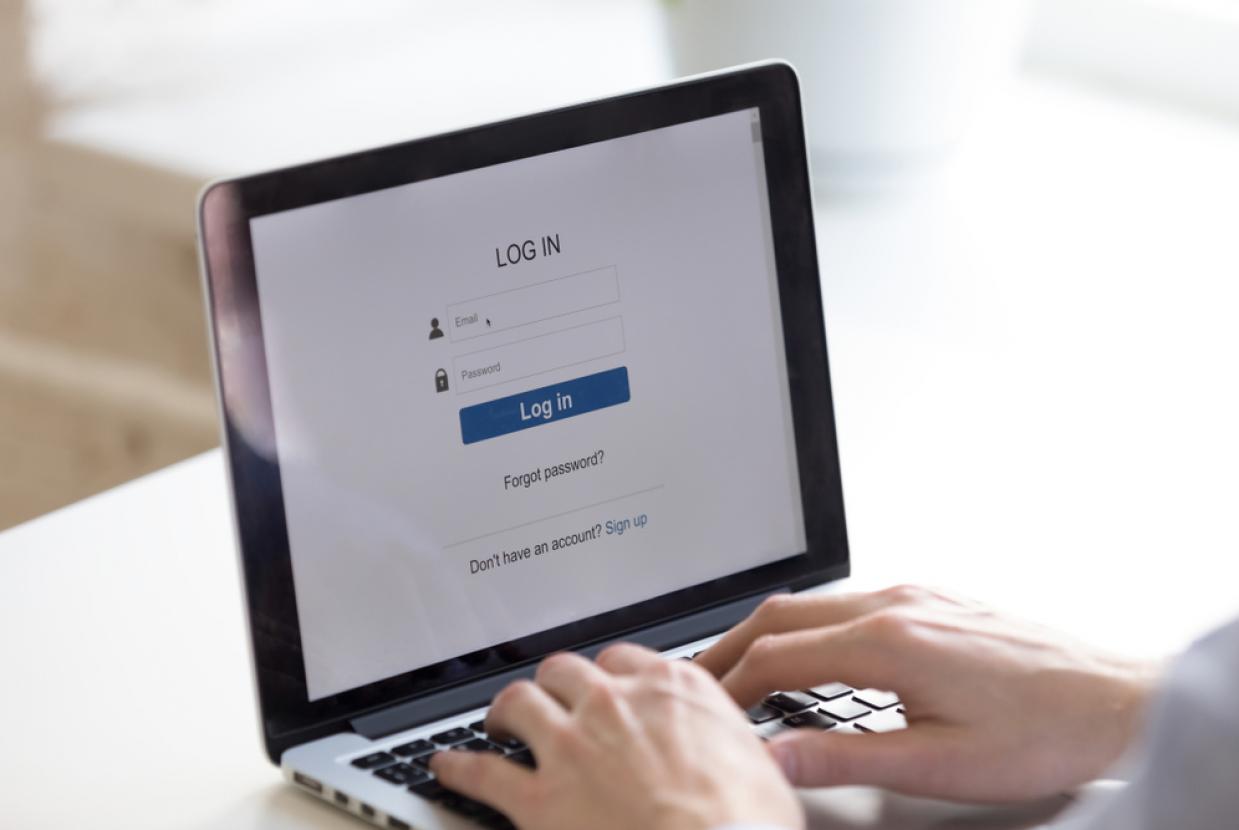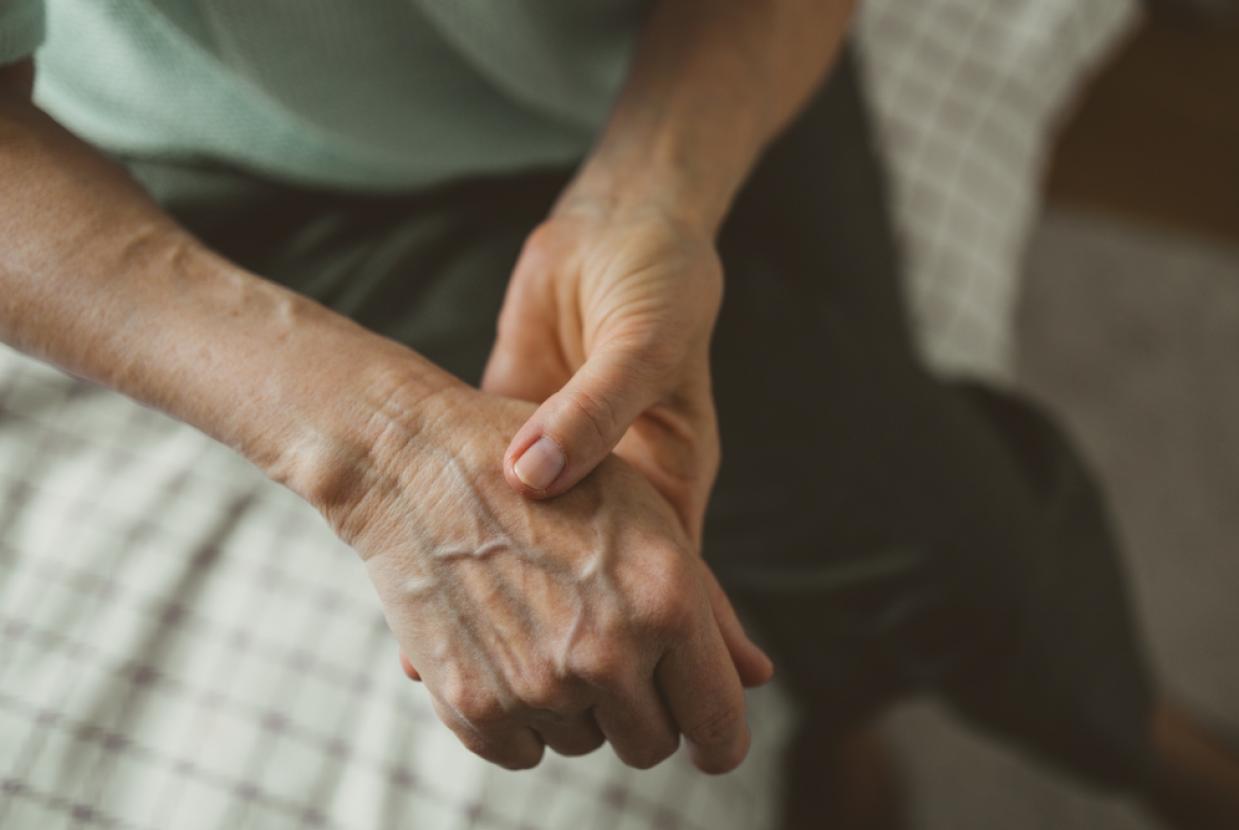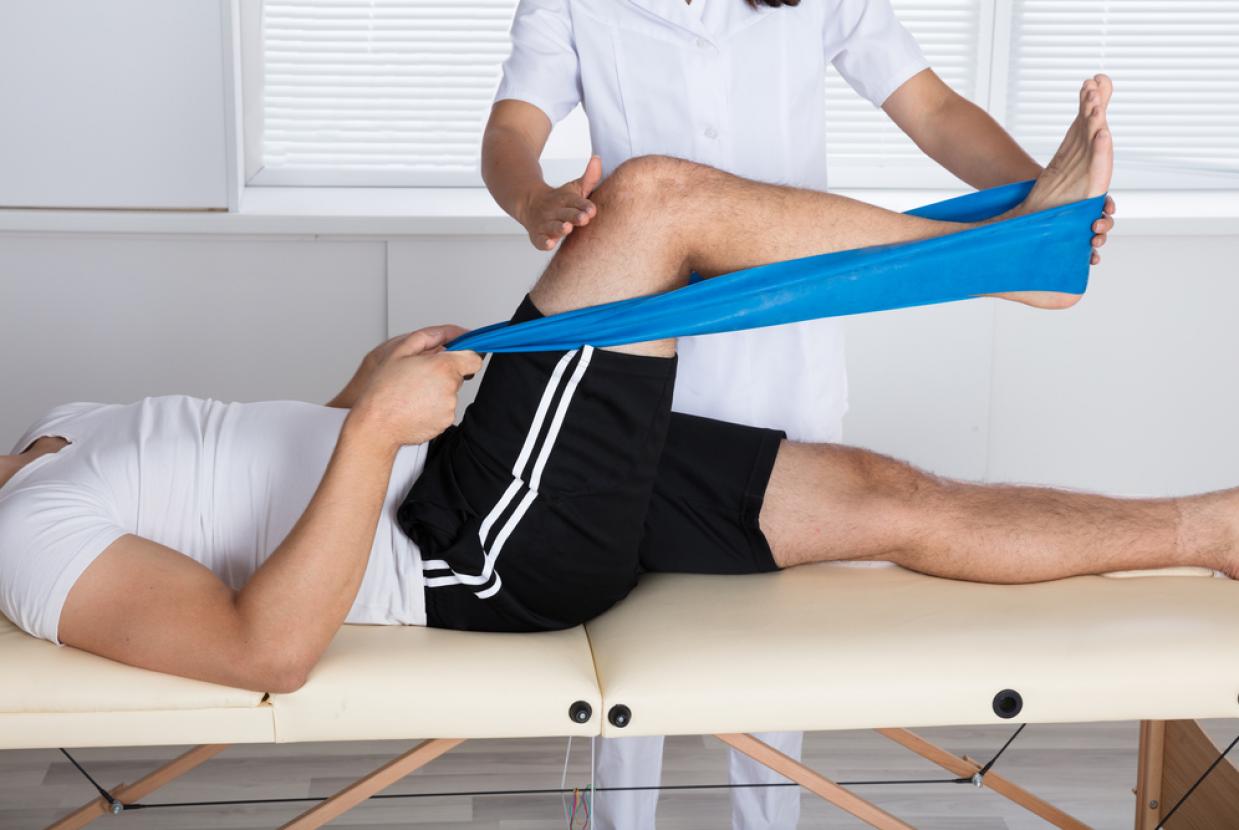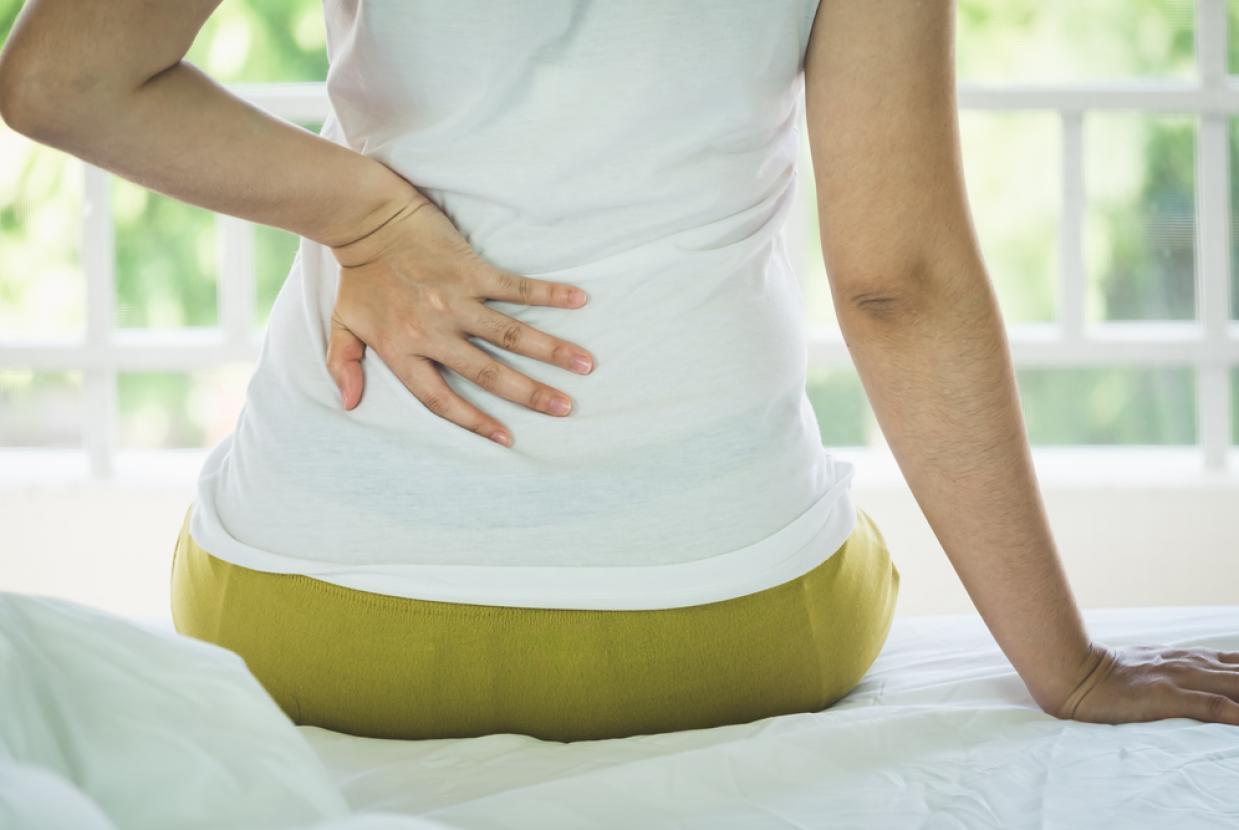Work
The right kind of work is good for you, and not just financially, it can also provide a sense of purpose, identity, achievement and a supportive social network. It's much more difficult getting back into work if you're unemployed and being unemployed has been proven to be bad for people's emotional and physical health and wellbeing.
If you have arthritis or joint pain, your condition may pose some challenges which could make your working life harder. However, work is certainly feasible for most people with arthritis or a related condition.
You have options and rights, and it's important to understand and explore fully what they are, so that you get the right support you are entitled to, which can help you do your job to the best of your ability and help you manage your condition.
We've worked closely with people with arthritis and related conditions, as well as leading healthcare professionals to put together the information in these pages. We hope that this advice can help you to not only survive in the workplace, but to thrive in your career.
What can I do to help myself at work?
As well as the support that you can get from other people, there's a lot that you can do to help yourself at work when you have arthritis, including keeping a good posture, planning and pacing your work and staying active.
Using office equipment
If you have a desk-based job, it's important to have your desk, screen, chair and any other equipment set up correctly at the right height and position for you.
Ask your employer for a work station assessment. These can also be called display screen equipment assessments. Foot rests and back supports can help. Here are some tips on setting up your work station:
- Have your telephone, keyboard, mouse and any other equipment within your arm span so that you don't have to stretch to use them.
- Your computer screen should be roughly an arm's length away from you. The top of the screen should be at eye level.
- When you're typing, your hands should 'hover' above the desk and your keyboard.
- Never talk with your phone rested between your shoulder and your ear.
- If you ever feel aches or pains as you're working, take this as an immediate sign that there's probably something wrong with your posture.
Arm position
- Start with your arms. Your upper arms need to be parallel with your body and your lower arms need to be at roughly right angles to your upper arms so that they're facing straight ahead. Relax your shoulders.
- Don't lean on or 'through' your desk, or a wrist mat, when you work. Sometimes and if used incorrectly, wrist mats can do more harm than good if you lean on them as this puts strain on joints.
Head position
- Your head needs to be balanced, and not leaning forward. Don't have your head jutting out, so avoid having a 'poking out chin' or leaning into your screen.
- A good way to judge whether your head is correctly aligned over your body is to make sure that your ears are over your shoulders.
Leg and foot position
- Your feet should ideally be flat on the floor. If your feet don't reach the floor when you're sitting, you should have a foot rest. Your feet shouldn't be behind your knees.
- It's very important that your knees are lower than your hips. There needs to be space to fit two to three fingers at the back of the knees and your chair. Don't sit with your legs crossed.
Back position
- Sit back in your chair so that your back, and in particular your lower back, is well supported. If you need one, ask for a lumbar support.
- Try to keep warm, as when you are cold your body naturally tenses up and this can put stress on joints such as your neck, shoulders and back.
Plan, prioritise and pace
How to plan and prioritise
Planning ahead, pacing yourself and prioritising tasks could greatly help you get the most important aspects of your work done, and also preserve energy levels. List the tasks you think you need to do, prioritise them and for each one ask yourself:
- does this need to be done today?
- does it need to be done at all?
- does it need to be me who does it?
- can I get someone to help me with parts of the task?
Try to concentrate on doing one job at a time, rather than having lots of different jobs ongoing. Think about timeframes and deadlines, the importance of tasks and your energy levels at different times of the day when listing tasks in order of priority.
Think about your work/life balance; are you struggling with tasks around the home? Are other people in your home able to do more? If that's the case, ask for more help with household chores. An option might be to have a cleaner or gardener come once a week or once a fortnight to help you out around the house and garden? If this means that you can stay in work, you will be better off financially in the longer-term.
How to pace yourself
Pacing is about making the most of your energy levels and not burning yourself out. Break tasks into achievable parts, and spread them throughout the day or week.
Make sure that you get the rest you need in the evenings and at weekends. But, also make sure you allow yourself plenty of time to do the things you enjoy. And be strict with yourself about this.
Planning, prioritising and pacing activities isn't just a means to get all your jobs done, this is a chance to make time for things you enjoy in life – whether that be reading, listening to music, cooking, going for a walk or jog, watching a good film or socialising.
It's not just that these things are nice and fun to do, if they help you relax and make you feel happy this is very important for both your physical and psychological health and wellbeing.
Micro-breaks
It could greatly help you to take regular short rest breaks, or 'micro-breaks'. Every 15 minutes or so, try to spend 30 or 60 seconds:
- stretching
- shrugging
- moving about
- taking some deep breaths
- relaxing your shoulders/neck.
Throughout your working day, change your position and your activity regularly. Don't only use pain as a guide for when to take a rest, but do certainly change your position or take a break if you feel uncomfortable. Aches and pains are often a sign that we're overworking or putting too much strain on a muscle, ligament or joint.
Pain management
There are things you can do yourself, apart from medication and without needing to see a physiotherapist or occupational therapist, to manage your pain. You may be able to rest a painful joint by wearing a firm bandage or splint while you work.
Warmth may help if a joint or muscle is tender. After work, relax your hands in a bowl of warm water or your whole body in the bath. Some people find that a hot-water bottle or heated wheat bag can soothe pain. At work, you could offer to wash your team's cups every now and then if you find the warm, soapy water and gentle exercise is soothing for your hands.
You may find cold better than heat at relieving pain. Try putting a packet of frozen peas (wrapped in a damp towel to protect your skin) around a sore or swollen area. Let the packet thaw for a few minutes first. Only use it for 15 minutes at a time.
Take care when using hot-water bottles or frozen peas. These may cause burns or skin irritation. Don't use them on damaged or broken skin, or if you have reduced sensation. If your pain is serious or prolonged, see a doctor.
Keep active
However busy you are, your physical health is too important not to give it the time and attention it deserves. Try to have daily routines which incorporate physical activity, and view them as fun distractions from any stresses that work and life might throw at you.
If you have arthritis or a related condition it might make the thought of exercise unappealing, but regular exercise can greatly improve the symptoms of arthritis and related conditions, such as stiffness, immobility, pain and swelling. Exercise releases endorphins, these chemicals are the body's natural painkillers. Exercising regularly, particularly aerobic exercise, can improve sleep patterns and the quality of sleep you get, which will help you manage pain, generally feel better about yourself and have more energy.
It's sometimes difficult to find time to exercise regularly if you have a busy working life. Exercise may feel even harder if you have arthritis or a related condition, and you'll need to pace yourself throughout the week. However, there's plenty of evidence to suggest that even by doing a little bit of extra exercise each day you'll soon start to feel the benefits, allowing you to cope better with pain and fatigue.





























































